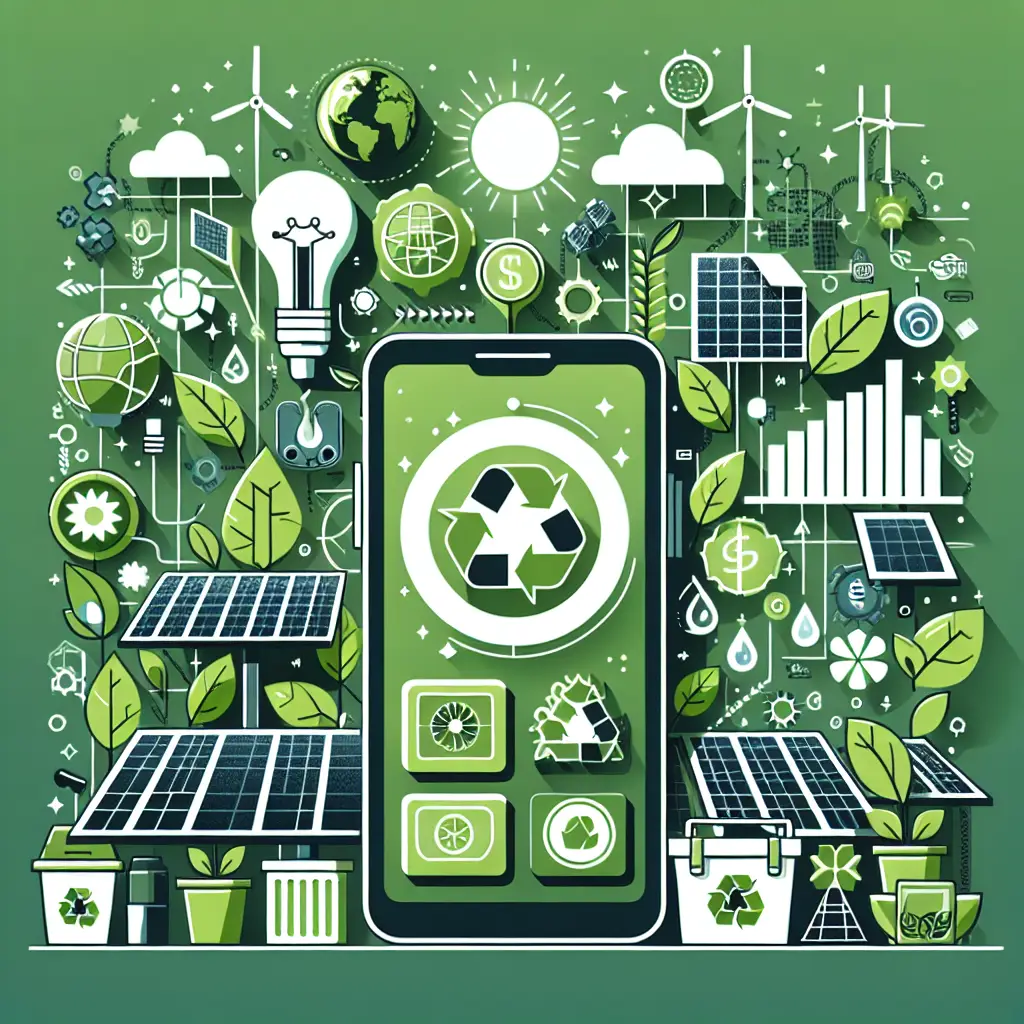Green apps are a revolutionary intervention leveraging technology to promote environmental sustainability. These applications serve a dual purpose: raising environmental awareness and enabling individuals to participate more effectively in environmental conservation. Interestingly, these digital tools integrate sustainability into daily routines, making green living more achievable and convenient.
The growth in the use of green apps is not surprising, especially in an era marked by escalating environmental challenges such as climate change, widespread pollution, and depletion of natural resources. Consequently, technology developers, environmental conservation groups, and governments continue to exploit the vast opportunities that lie in these apps. This article elaborates on the noteworthy features, advantages, and global impact of green apps, outlining key examples that are making significant strides in encouraging environmental sustainability.
1. Understanding Green Apps
Green apps are mobile applications designed to promote environmentally friendly practices. They are digital tools that reduce the environmental impact through actions such as energy conservation, improved recycling efforts, reduction of carbon footprints, and responsible consumption. Companies are creating these apps in line with the United Nations’ Sustainable Development Goals, encouraging people to adopt ecologically beneficial habits in their daily lives.
Several categories of green apps exist, each tailored to address specific environmental challenges. For instance, some apps are devoted to advocating for responsible consumption, while others aim to facilitate efficient energy use or promote recycling. The variety of green apps available demonstrates the extent to which technology can be harnessed to promote environmental sustainability.
2. Noteworthy Features of Green Apps
An impressive feature of green apps is their user-friendly interfaces, ensuring they are accessible to everyone, regardless of tech-savvy levels. Often, these apps provide real-time feedback, allowing users to access immediate information about their environmental impact. In other instances, gamification is employed, offering rewards for performing certain environmentally friendly tasks—this motivational element encourages continued use and adherence to sustainable practices.
Moreover, many green apps utilize localized data to provide more precise and relevant information. For example, an app might use a user’s location to provide data about local recycling facilities or offer region-specific tips on energy conservation. This personalized approach enhances the effectiveness of these apps, making them more attractive to users.
3. Advantages of Green Apps
The primary advantage of green apps lies in their ability to support informed, sustainable decisions quickly and conveniently. By providing easily accessible tips, guides, and data, these digital tools help users move towards a more sustainable lifestyle. They decimate the long-held idea that eco-friendly living is tedious or complex, by incorporating sustainability into regular activities such as shopping or commuting.
Also, the use of these apps tends to foster a sense of personal responsibility towards the environment. Rather than viewing sustainability as a broad, intangible concept, individuals can understand the effects of their daily actions and are more likely to adopt environmentally friendly practices.
4. Impact of Green Apps Globally
Green apps are garnering global attention and making substantial contributions to environmental sustainability. Statistics show that the global green technology and sustainability market size is projected to grow from $11.2 billion in 2020 to $36.6 billion by 2025, signaling an increasing recognition of the role technology can play in fostering sustainability.
Key examples of influential green apps include:
• JouleBug: This app encourages users to adopt sustainable lifestyles through gamification. It offers challenges, badges, and points for performing eco-friendly tasks. It also integrates with social media platforms which promotes friendly competition and further spreads the “green” message.
• Oroeco: This application tracks individual carbon footprints, providing personalised feedback on how to reduce environmental impact. This allows us to understand our personal influence on climate change and take actionable steps towards a more sustainable future.
• iRecycle: This award-winning app provides access to more than 1.6 million ways to recycle over 350 materials. It simplifies recycling by helping users find recycling centers and connecting them to these facilities.
• Think Dirty: This app allows you to scan the barcode of products to reveal their environmental and health impacts. It encourages the use of green products and sustainable consumption.
In conclusion, green apps are transforming environmental sustainability. They are reshaping how we interact with our environment, making eco-friendly practices far more attainable. With continuous development and advancement of these digital tools, the future of environmental sustainability appears promising. Nonetheless, it is critical for users to discern the authenticity of green apps and avoid ‘greenwashing’ – where the supposed environmental benefits are overstated or misleading. We all play a part in promoting environmental sustainability, and these green apps offer an accessible means of contributing to this vital endeavor.
Share this content:

